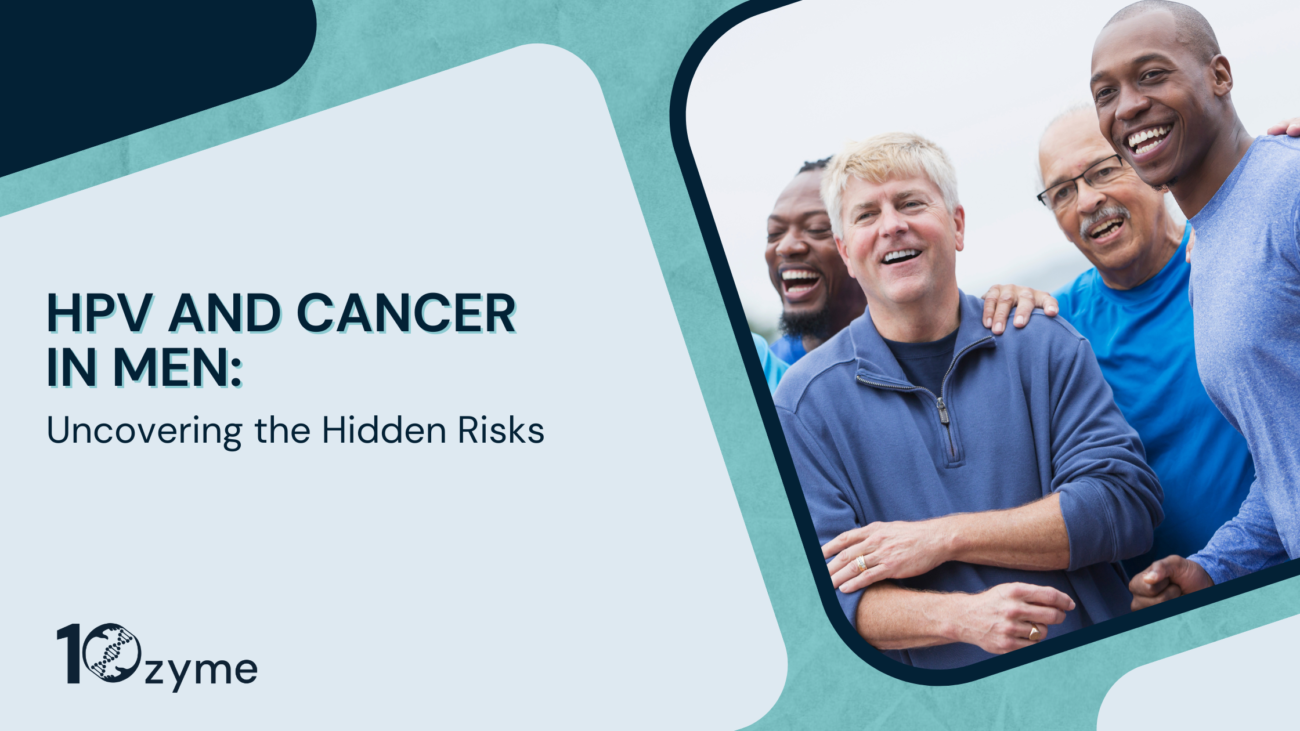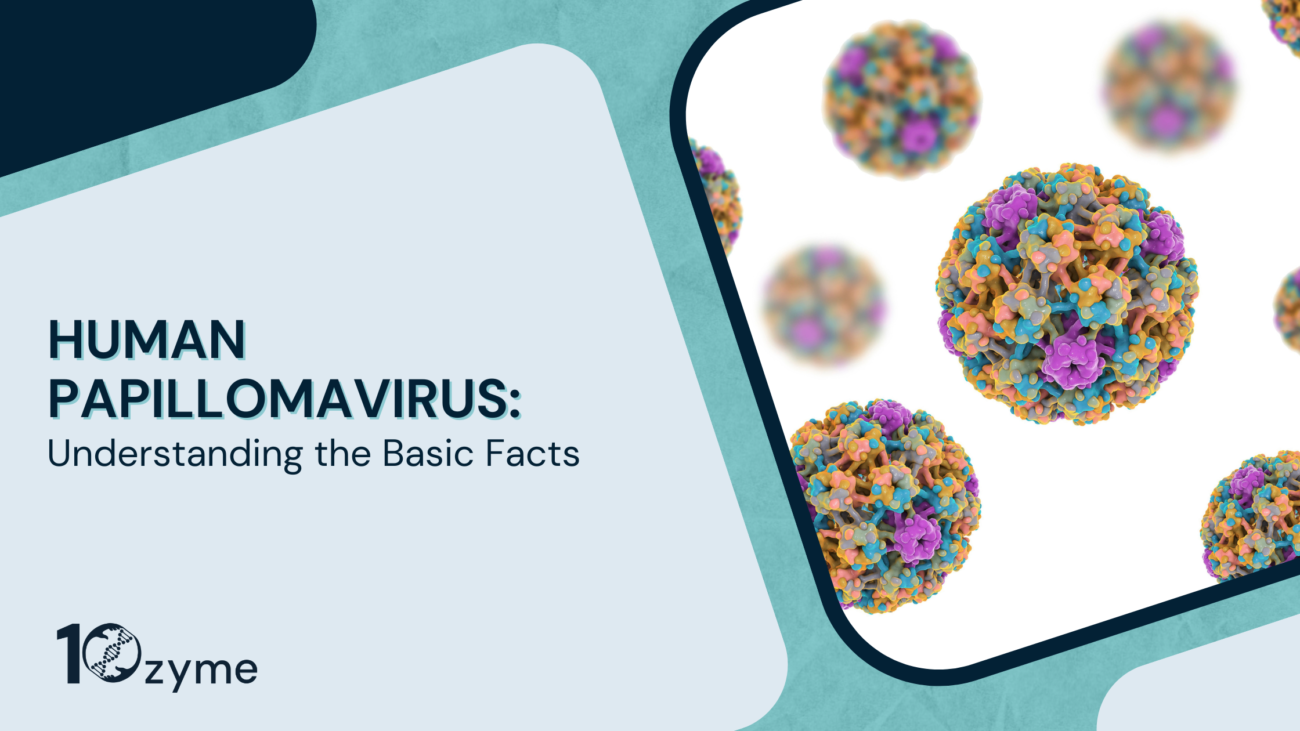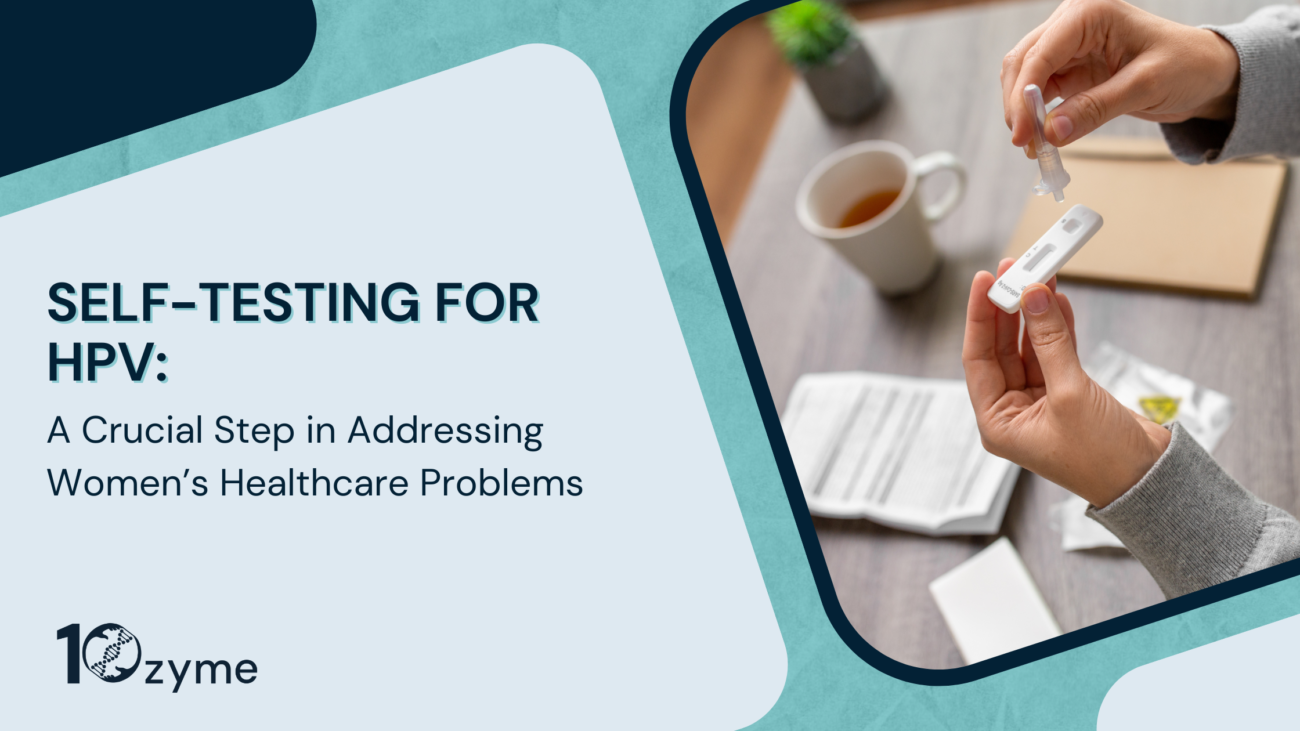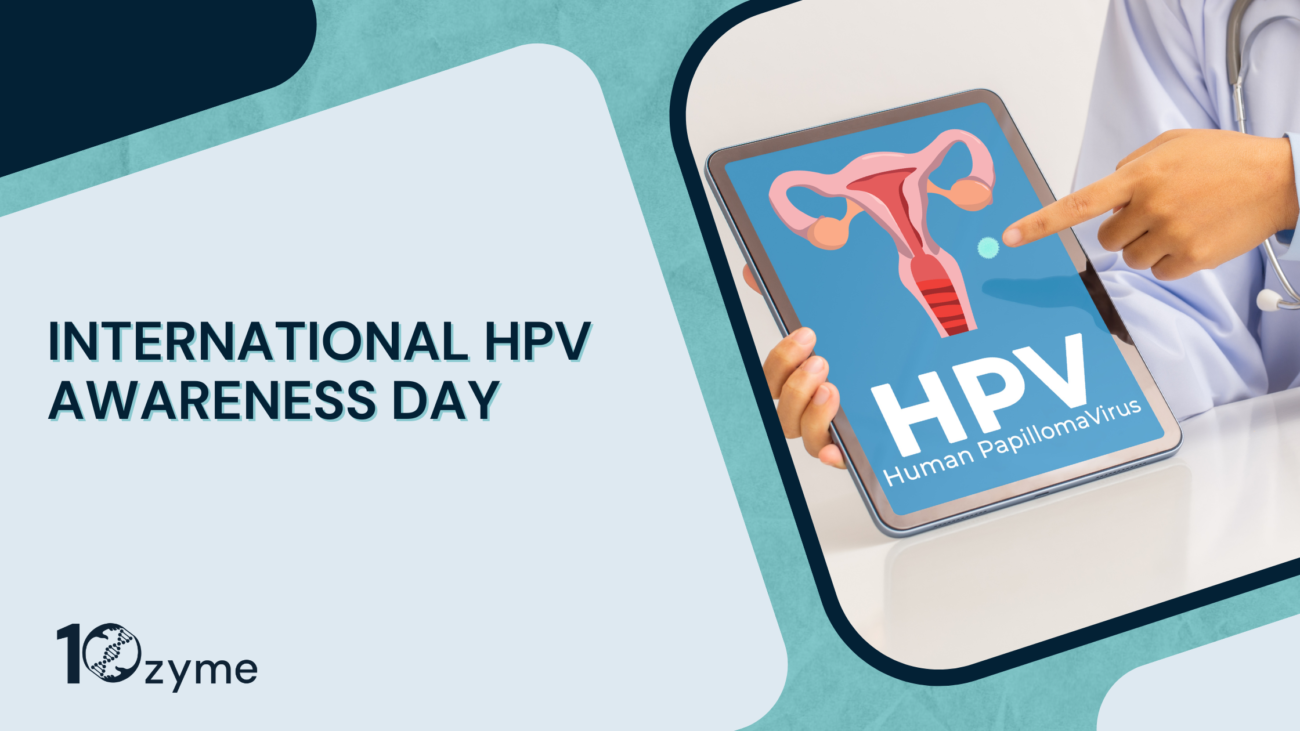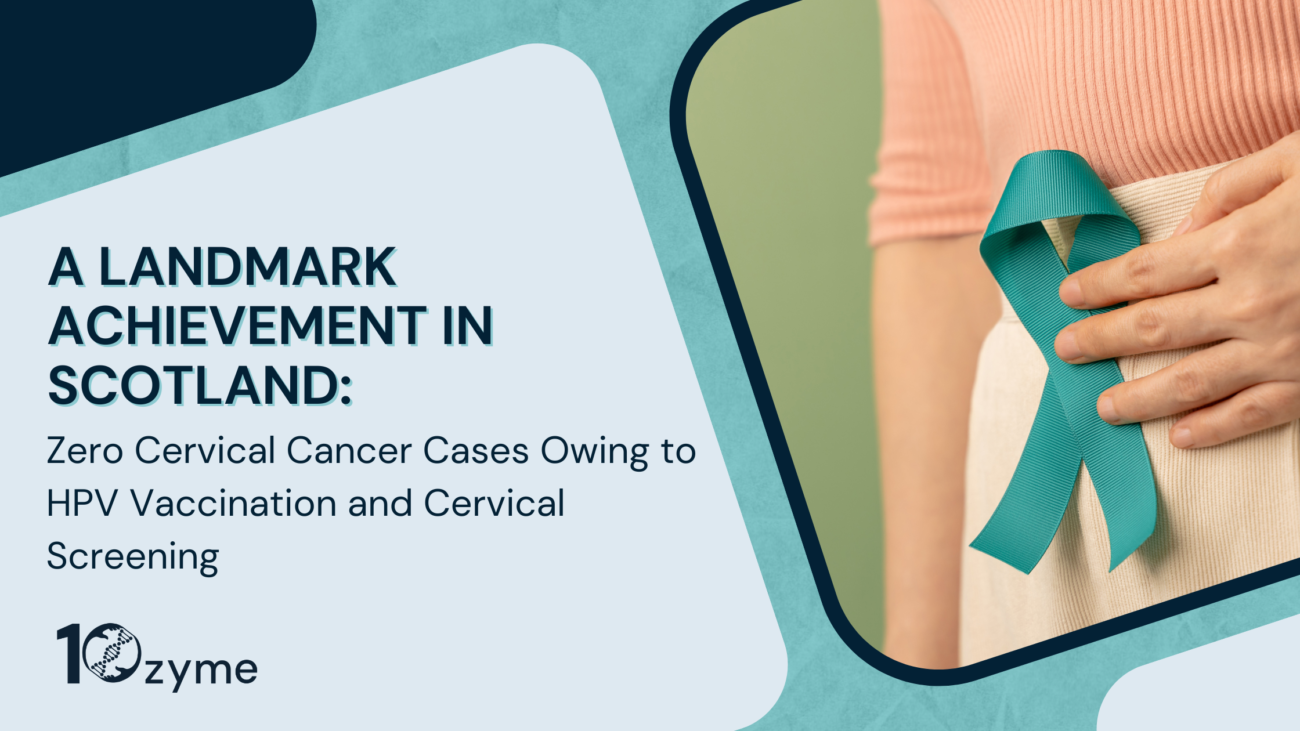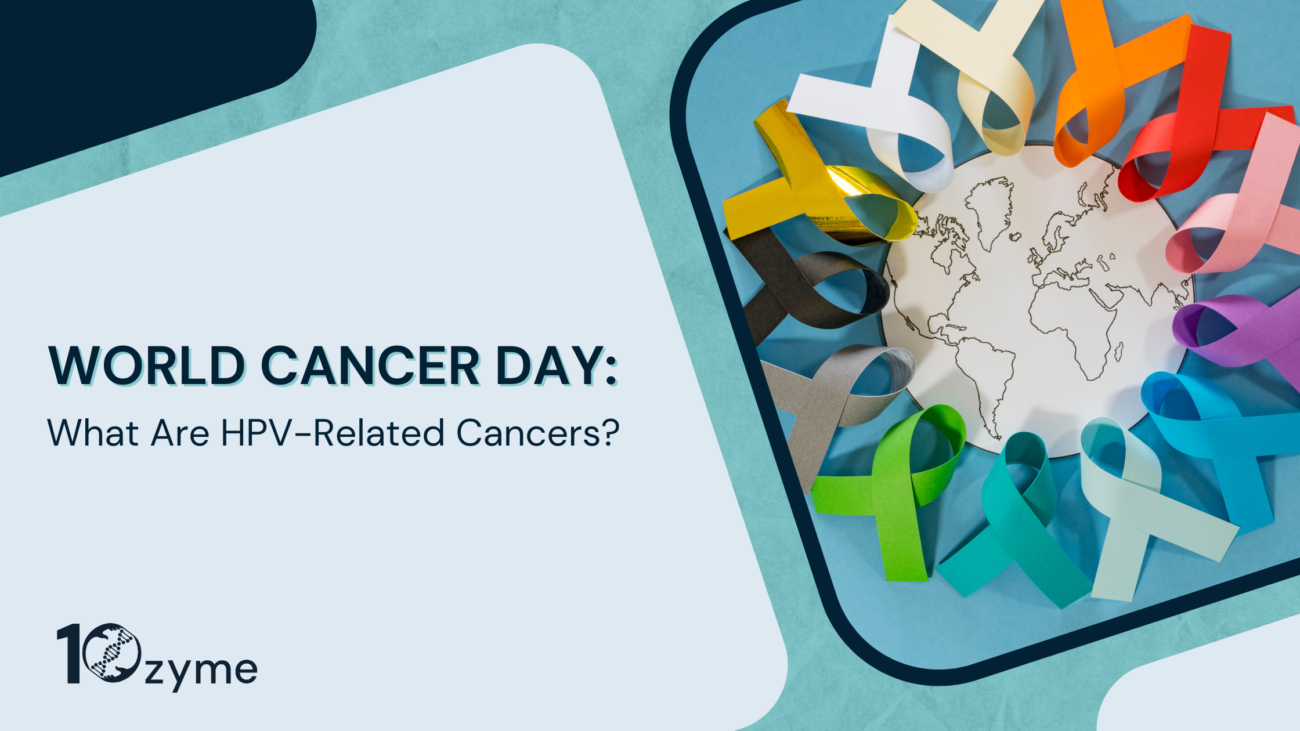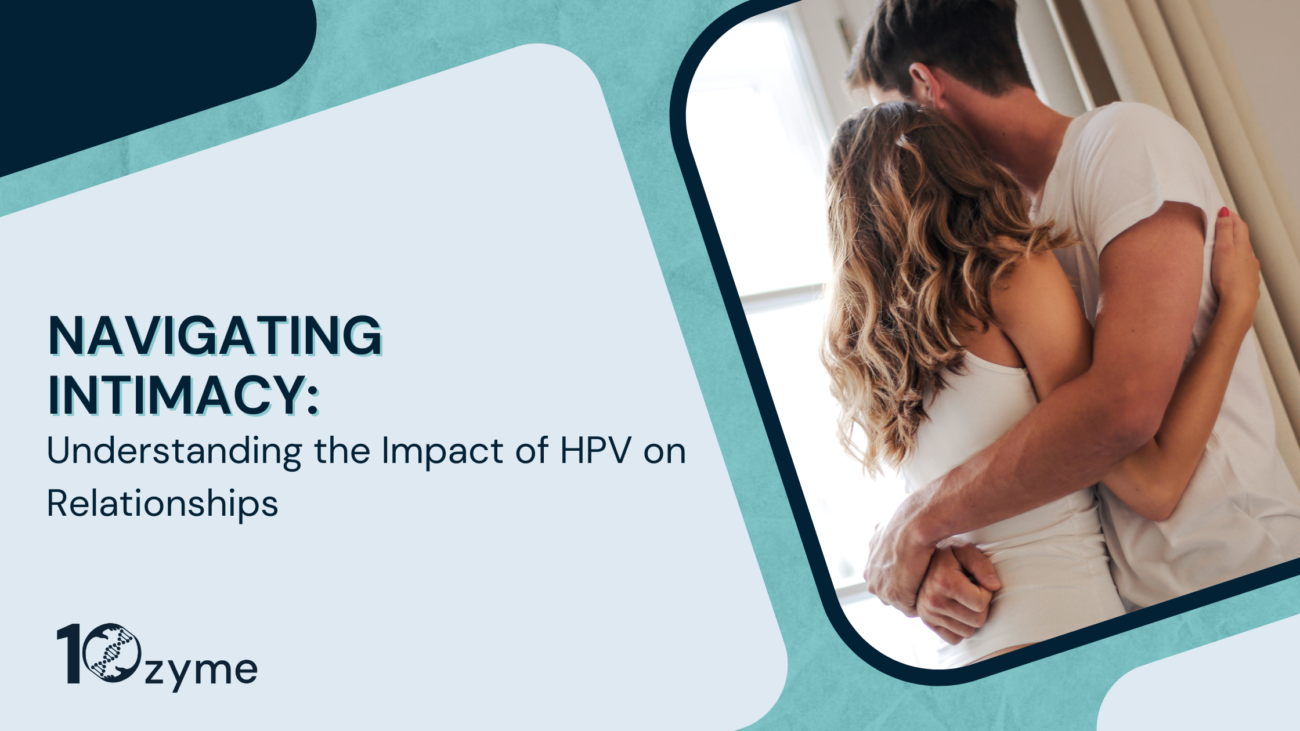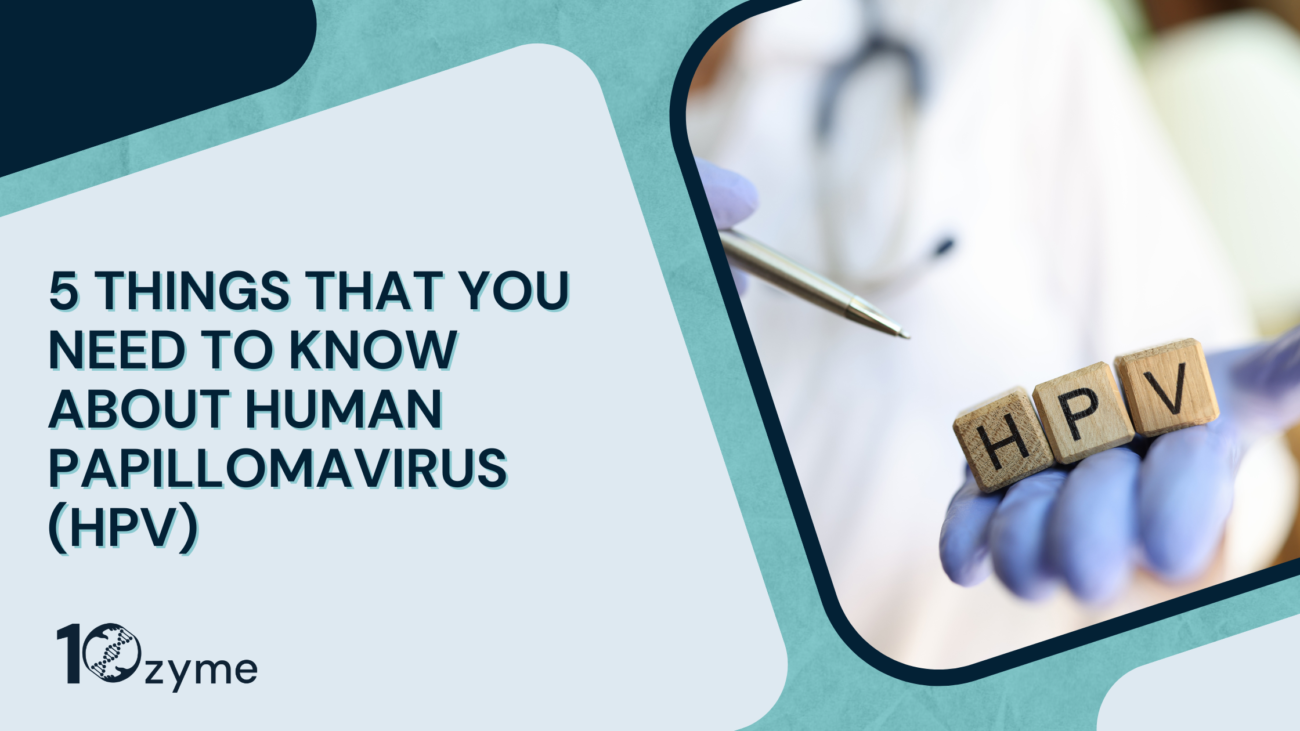HPV Vaccination: Preventing Cancer and Protecting Future Health
Written by Dr Said Qabbaah, MBBS, MBA
Scientifically reviewed by Dr Angela Pine, BSc, MSc, PhD1
The human papillomavirus (HPV) vaccine is a powerful tool in preventing cervical cancer and other HPV-related diseases, providing targeted protection against the virus’s most harmful strains.
Its development marks a major advancement in public health, having proven highly effective in reducing HPV-related health issues across the population.
HPV and its Health Risks
Human papillomavirus (HPV) is one of the most common sexually transmitted infections (STIs), affecting approximately 80% of sexually active people at some point in their lives.1
It belongs to a group of over 200 related viruses that primarily infect the skin and mucous membranes. The virus spreads through close genital contact and during vaginal, anal, or oral sex.
Most HPV infections are controlled by the immune system without causing symptoms or problems; however, in some cases, this control is inadequate, allowing the infection to potentially lead to health issues.
The health risks are particularly concerning when infections are caused by high-risk HPV types, 14 of which are linked to cancer development, especially types 16 and 18.2
Cervical cancer is the most widely known health consequence of HPV infection, and it is the fourth most common cancer among women globally.3 According to Cancer Research UK (CRUK), nearly all cases of cervical cancer are caused by HPV.1
In addition to cervical cancer, high-risk HPV can also cause other types of cancer in both men and women, including certain anogenital cancers, as well as head and neck cancers. Furthermore, infection with certain types of low-risk HPV are associated with the development of genital warts, which are non-cancerous growths that appear on the skin of the genital area.
HPV Vaccination
The crucial discovery of the link between HPV infections and cervical cancer, along with other health consequences, marked the start of the HPV vaccination movement and paved the way for its global adoption.
The HPV vaccine works by preventing infection from the most dangerous strains of HPV. These vaccines use virus-like particles (VLPs) that mimic the outer shell of the virus but contain no genetic material, meaning they cannot cause infection.
When administered, the immune system recognises these VLPs as foreign, producing antibodies to neutralise them. This prepares the immune system to quickly identify and attack actual HPV strains if exposed in the future. Research has shown that the HPV vaccine provides protection for approximately 10 years, which is expected to last even longer upon its continued use among the population.
Currently, three vaccines are approved for use: Gardasil, Gardasil 9, and Cervarix. Gardasil 9 is the most recent and widely used because it offers broader protection than the others.
It protects against nine HPV strains, including high-risk types 16 and 18, which are responsible for most cervical cancer cases, as well as types 6 and 11, which cause most genital warts. Additionally, it covers five other cancer-causing HPV types, further expanding its protection.
Implementation in the UK
The HPV vaccination programme in the United Kingdom is part of a broader public health strategy that also includes routine cervical screening. This comprehensive approach has significantly contributed to the reduction in cervical cancer incidence and mortality. As of 2022, the UK vaccination programme uses the most updated vaccine, Gardasil 9.6
The vaccine is currently available from the NHS to all children aged 12 to 13 years old (school year 8). Administering the vaccine at a young age is crucial to provide optimal protection before any potential exposure to the virus.
Furthermore, the vaccine can still be offered for free to girls under 25 and boys born after 1 September 2006 who missed it at school. HPV vaccination is also available to people at higher risk from HPV, including men under 45 who have sex with men, sex workers, and those who are immuno-compromised.7
The HPV vaccine is administered as an injection in the arm. The number of doses needed depends on the age and strength of the immune system:7
-
- People under 25 usually receive 1 dose.
- People aged 25 to 45 usually receive 2 doses, given between 6 months and 2 years apart.
- People with a weakened immune system receive 3 doses, given over a 12-month period.
Evidence that the vaccine can also prevent other cancers, in addition to cervical cancer, and further reduce the HPV-related disease burden prompted the expansion of the programme to include boys.
This is because incorporating boys into the vaccination programme supports herd immunity by reducing the virus’s overall presence within the population, thereby helping to protect individuals who remain unvaccinated.
Benefits of HPV Vaccination
Since its introduction, the HPV vaccine has been shown to be highly effective at reducing the risk of contracting HPV. The HPV vaccination programme has led to a significant reduction in cervical cancer cases, not only within targeted age groups but also across all socioeconomic levels, helping save thousands of lives.8
In England, the cervical cancer rates among women in their 20s decreased by nearly 90% after they were vaccinated at ages 12 to 13.4 This demonstrates that well-planned and effectively implemented public health initiatives can improve overall health outcomes and help reduce health inequalities, which is a serious global issue commonly seen in cervical cancer.2,8
In the UK, the effectiveness of the HPV vaccine has also been demonstrated in a recent study by Public Health Scotland (PHS), which found no cases of cervical cancer among young women who were fully vaccinated through the HPV immunisation programme since its launch in 2008.9
The success of the UK vaccination programme has been mirrored across other European regions. For example, in Sweden, where HPV vaccination is effectively implemented, the widespread use of the vaccine has led to significant declines in HPV infections and cervical cancer incidence.10
The HPV vaccine not only protects against cervical cancer but also against other rare yet serious cancers, in addition to genital warts. It helps reduce the risk of developing HPV-related cancers, including anal and oropharyngeal cancers that affect both sexes, as well as vaginal and vulvar cancers in women and penile cancer in men.
Moreover, some of these cancers represent an even greater burden in certain regions compared to cervical cancer.5 By expanding protection to these additional cancers, the vaccine plays a crucial role in promoting overall public health and preventing the spread of HPV across diverse populations.
Furthermore, increased vaccination rates can lead to a significant decrease in the incidence of these cancers, ultimately reducing healthcare costs and improving quality of life for individuals at risk.
Challenges and Future Directions
Despite its remarkable success, the HPV vaccination programme still faces certain challenges such as vaccine hesitancy, lack of adequate awareness, and disparities in uptake.5 Public health professionals continue to work on debunking misconceptions about vaccine safety and effectiveness while raising awareness of its benefits.
Although there is still work to be done to address those issues, the HPV vaccine is undoubtedly a significant part of the solution. The government is being urged to ensure that the vaccine reaches as many young people as possible, improve reporting on vaccine uptake by ethnicity and deprivation, and conduct further research to identify the most effective ways to reach the most vulnerable.
Furthermore, while the vaccine effectively protects against HPV infection and related cancers, it does not provide complete protection, as it does not cover all high-risk types associated with cancer.2
Future research aims to enhance the vaccine’s effectiveness against additional HPV types and explore second-generation vaccines that could offer even greater protection. This underscores the importance of implementing complementary measures, such as cervical screening, for more effective prevention of cervical cancer.
Regular cervical screening tests for multiple HPV types and is crucial for eligible individuals. Together, HPV vaccination and cervical screening work hand in hand to prevent the development of cervical cancer and potentially eliminate it entirely. To fully realise the benefits of cervical screening, widespread participation among eligible individuals is essential.
Summary
The HPV vaccine represents a monumental advancement in public health, significantly reducing the incidence of cervical cancer and other HPV-related diseases.
With continued commitment to public health initiatives and widespread participation in screening and vaccination programmes, there is a promising opportunity to significantly diminish the burden of HPV-related diseases in the coming years.
By leveraging the strengths of available preventative measures, we can move closer to a future where HPV-related cancers are rare, protecting the health and wellbeing of future generations.
10zyme: Advancing women’s health
We’re developing a groundbreaking self-test with instant results to detect the main cause of cervical cancer: high-risk HPV. Detecting infections early prevents cancer ever developing.
By enabling self-testing, we aim to empower women, overcome stigma and anxiety, and help eliminate a disease killing hundreds of thousands a year globally. See our Education Section to find out more.
Please follow and support us on social media: LinkedIn, Instagram, and TikTok.
References:
-
- Cancer Research UK (CRUK). (2024). Does HPV cause cancer? [Online]. Available at: https://www.cancerresearchuk.org/about-cancer/causes-of-cancer/infections-eg-hpv-and-cancer/does-hpv-cause-cancer (Accessed 20/10/2024)
- Choi, S., Ismail, A., Pappas-Gogos, G. and Boussios, S. (2023). HPV and Cervical Cancer: A Review of Epidemiology and Screening Uptake in the UK. Pathogens, 12(2):298. doi:10.3390/pathogens12020298
- World Health Organization (WHO).(2024). Cervical cancer. [Online]. Available at: https://www.who.int/news-room/fact-sheets/detail/cervical-cancer (Accessed 20/10/2024)
- Cancer Research UK (CRUK). (2024). The HPV vaccine. [Online]. Available at: https://www.cancerresearchuk.org/about-cancer/causes-of-cancer/infections-eg-hpv-and-cancer/the-hpv-vaccine (Accessed 21/10/2024)
- Shapiro, G.K. (2022). HPV Vaccination: An Underused Strategy for the Prevention of Cancer. Current Oncology, 29(5):3780–3792. doi:10.3390/curroncol29050303
- NHS England. (2023). HPV vaccination programme: changes from September 2023 letter. [Online]. Available at: https://www.gov.uk/government/publications/hpv-vaccination-programme-changes-from-september-2023-letter/hpv-vaccination-programme-changes-from-september-2023-letter (Accessed 20/10/2024)
- National Health Service (NHS). (2023). HPV Vaccine. [Online]. Available at: https://www.nhs.uk/vaccinations/hpv-vaccine/ (Accessed 22/10/2024)
- Falcaro, M., Soldan, K., Ndlela, B. and Sasieni, P. (2024). Effect of the HPV vaccination programme on incidence of cervical cancer and grade 3 cervical intraepithelial neoplasia by socioeconomic deprivation in England: population based observational study. BMJ, 385. doi:10.1136/bmj-2023-077341
- Public Health Scotland (PHS). (2024). No cervical cancer cases detected in vaccinated women following HPV immunisation. [Online]. Available at: https://publichealthscotland.scot/news/2024/january/no-cervical-cancer-cases-detected-in-vaccinated-women-following-hpv-immunisation/ (Accessed 22/10/2024)
- National Cancer Institute (NCI). (2020). Large Study Confirms that HPV Vaccine Prevents Cervical Cancer. [Online]. Available at: https://www.cancer.gov/news-events/cancer-currents-blog/2020/hpv-vaccine-prevents-cervical-cancer-sweden-study (Accessed 20/10/2024)



